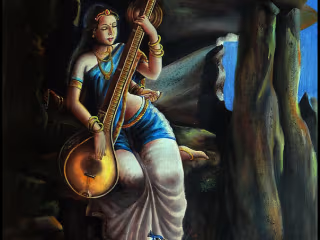Vesta: Goddess of the Hearth and the Home
0
Ghostwriter
Blog Writer
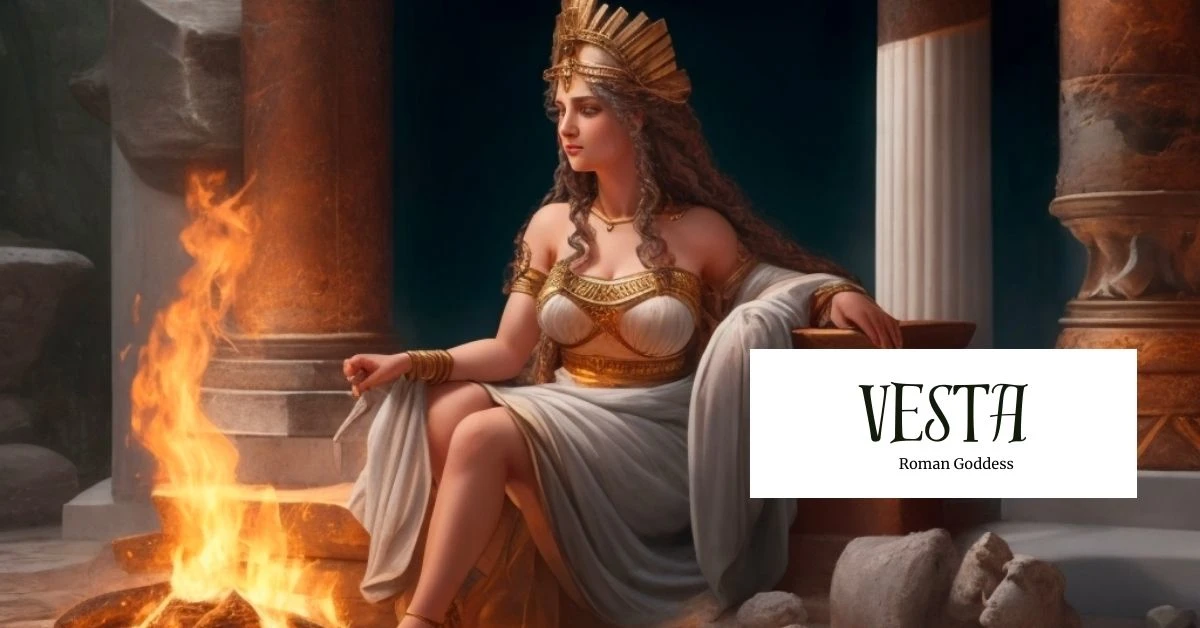
In ancient Roman mythology, the Goddess Vesta held a position of utmost respect and veneration. As the protector of the sacred hearth fire and a symbol of immense importance in Roman households, Vesta’s influence extended far beyond the confines of domestic duties. Instead, it was integrally woven into the very fabric of Roman society, serving as an indispensable thread in the intricate mosaic of cultural norms and spiritual traditions that constituted the ancient Roman way of life. Vesta was a guiding light for all those who sought to live by the will of the gods, and it is no exaggeration to say that without her watchful presence, the Roman Empire would not have been the same.
Overview of Vesta
As the Goddess of the Hearth, Vesta represents the warmth and illumination of the sacred fire that was central to Roman households and communities (Wikipedia Contributors). Her name is rooted in the Proto Indo-European *wes, meaning “to dwell” or “stay,” which references her association with the home (Apei). Vesta was also recognized beyond domestic confines, with her presence invoked during meals, gatherings, and family ceremonies to foster unity and harmony within households. Additionally, she was venerated as the guardian of the city and state, with the perpetual flame in her temple symbolizing the very heart of Rome and embodying its vitality and endurance (“Vesta”).
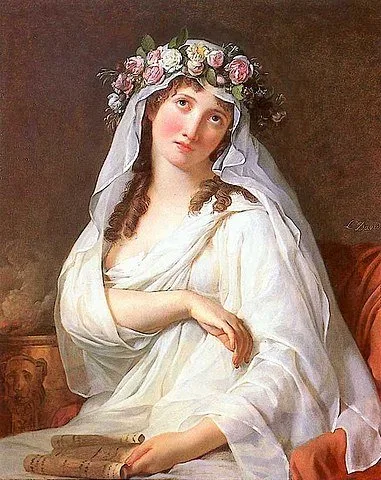
Source: Celebrate Pagan Holidays
Titles
Goddess/Guardian of the Hearth
Guardian of the City
Goddess of Heaven
Abilities
As Guardian of the Hearth, Vesta possesses unique abilities to bestow warmth and sustenance, fostering unity and a sense of belonging among the Romans (Wikipedia Contributors). Her influence extended beyond the physical realm, offering spiritual nourishment and solace to those seeking a connection with their divine heritage. Vesta held sway over the city’s welfare through the eternal flame at her temple, guiding Rome’s destiny (Kabir).
The significance of the sacred fire was broader than its practical applications. It served as a channel through which Vesta’s influence reached beyond households, extending to the heart of Rome itself (“Vesta”). The luminous glow of the eternal flame symbolized more than mere light; it was a beacon that guided the city’s path. As such, Vesta’s role as the guardian of the hearth was paramount to Roman society, and her presence was revered as a source of strength and guidance.
Characteristics
The portrayal of Vesta in artistic depictions is often characterized by a sense of tranquility and dignity, with her symbolic attributes embodied in the form of flowing robes that represent modesty and purity (“Vesta”). As the revered guardian of the hearth and home, her noble bearing exudes a commanding presence that resonates within private abodes and the broader Roman community. This representation positions Vesta as a stabilizing force, reflecting the essence of the hearth’s steadying influence in a manner befitting her exalted status. It is through her serene and authoritative demeanor that Vesta imparts a sense of calm and order, embodying the very essence of Roman values and virtues.
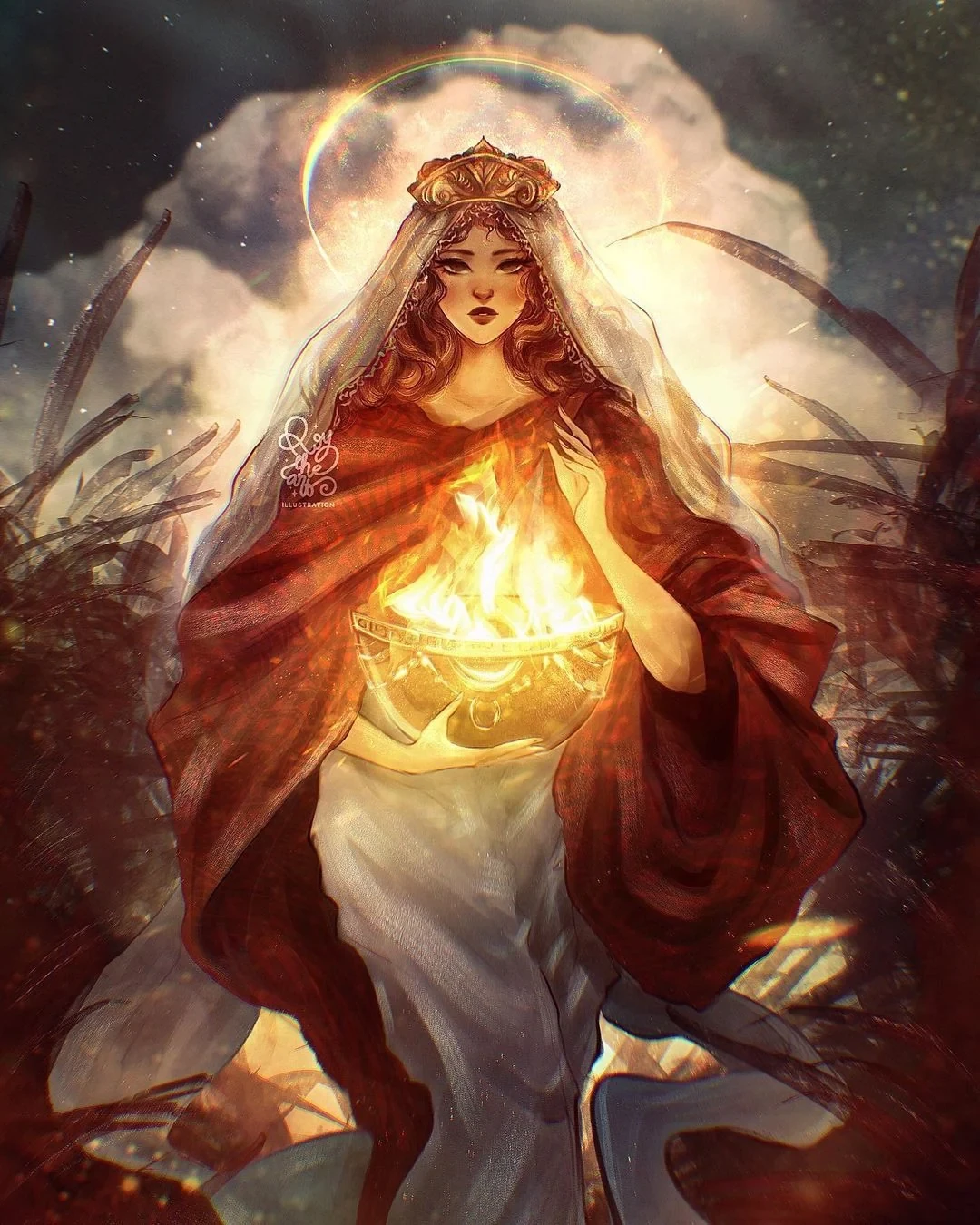
Source: Reddit
Traits
The depictions of Vesta’s personality traits are strikingly reminiscent of the very essence of the hearth. Her nurturing and comforting character, combined with an unwavering commitment to her role as a guardian of the household’s sanctity, embodies the Roman virtuous matron (“Vesta”). Her steadfastness, akin to the dedication necessary in tending the eternal flame, mirrors the hearth’s unwavering warmth (Kabir).
Moreover, Vesta’s selflessness and commitment to the community epitomize the Roman philosophy of collective well-being. By prioritizing the needs of the society above her own, she exemplifies the spirit that connects families and individuals around the communal hearth. This self-sacrificing trait resonates with the Roman ideal of harmony and unity, where each member contributes to the greater good (Apei). Vesta’s traits embody the nurturing, selfless, and virtuous aspects that anchor the Roman way of life.
Symbols
The intricate web of symbols that adorned Vesta’s divine significance reflected her profound cultural and spiritual influence. At the forefront of these symbols stood the perpetual sacred fire that blazed within her temple, representing the unbreakable bond between the goddess and the Roman state (Madeleine). This eternal flame was a beacon of illumination in the spiritual realm and a guiding force in shaping the fate of Rome (Kabir).
Furthermore, Vesta’s association with the hearth and its associated tools, such as the cooking pot and distaff, held deep symbolic value (“Vesta”). These symbols emphasized her pivotal role in domestic life, encapsulating the practical aspects of daily existence and the spiritual and communal dimensions that radiated from the heart of the home (Apei). Vesta’s presence extended beyond the tangible realm through these symbols, weaving a rich narrative that intertwined the mundane with the divine and the familial with the cultural.

Source: Mythopedia
Festivals and Rituals
A prominent festival that celebrates the Goddess of the Hearth is the Vestalia, a multi-day event dedicated to venerating Vesta and upholding the sanctity of the hearth. During this period, the Vestal Virgins, an esteemed group of priestesses devoted to Vesta, performed meticulously crafted rituals to purify the temple and maintain the eternal flame. The Penus Vestae, an exclusive inner sanctum of Vesta’s temple, is opened solely to the Vestal Virgins during this time, further emphasizing the exclusivity of their profound connection with the goddess.
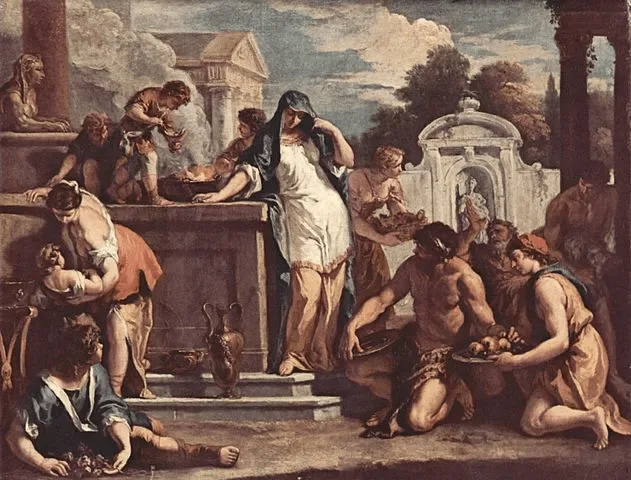
Source: History and Archaeology
Legends associated with Vesta
In the annals of ancient Roman mythology, few deities hold a candle to the profound significance of Vesta, the revered Goddess of the Hearth. Venerated as the guardian of the sacred fire, she symbolized the heart of Roman homes; her influence extended far beyond mere mythology. Vesta’s enduring legacy is a potent symbol of domesticity, purity, and spiritual devotion that endures to this day.
Origin story
Within Roman mythology, the diverse narratives that weave through the origins of Vesta reflect the intricate evolution of ancient beliefs. One prevalent account attributes her birth to Saturn and Ops, solidifying her position as an ancient deity in the Roman pantheon (“Vesta”). This lineage symbolizes Vesta’s role as a guardian of the sacred fire. However, many believe that Vesta is the daughter of Jupiter and Themis (Madeleine). These varied accounts only add to the mystique and complexity of the goddess, who remains a prominent figure in Roman mythology.
These multiple origin stories’ existence underscores Roman myth’s malleability and showcases the diverse cultural influences that contributed to the tapestry of Vesta’s character and significance. Such varied accounts provide insight into the layered nature of Roman belief systems, where regional distinctions and evolving cultural dynamics played a role in shaping Vesta’s legend. Consequently, the spectrum of origin narratives enriches her mythos, enhancing her status as a timeless guardian of the hearth and an emblem of unity within Roman society (Kabir).
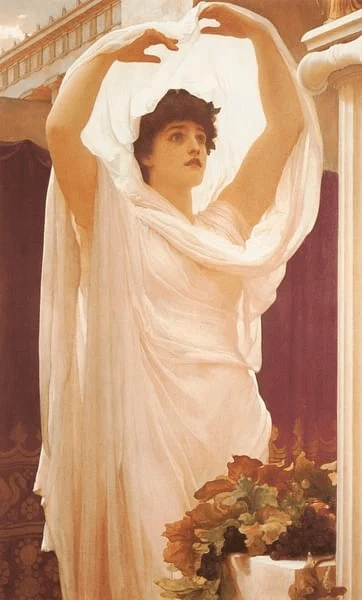
Source: World History Encyclopedia
The Sacred Flame: The Legend of Vesta and the Vestal Virgins
This legend of Vesta revolves around the origin of her sacred flame and the subsequent appointment of the Vestal Virgins, who were priestesses entrusted with her service. As the story goes, Prometheus gifted Vesta with a radiant flame, representing the warmth of a hearth that endures. In gratitude for this divine offering, Vesta made a solemn vow of chastity and devoted herself entirely to maintaining the eternal flame’s vitality and upkeep (Apei)
Prometheus’s gift not only ignited the physical fire within her temple but also instilled the spiritual significance of the hearth. Vesta’s pledge of purity symbolized her commitment to preserving the sacredness of the flame, making it a reflection of her unwavering dedication to the Roman community and its welfare (Madeleine). This legend highlights her role as a symbol of continuity, devotion, and unity, encapsulating the essence of the hearth’s nurturing warmth within the physical and spiritual realms.
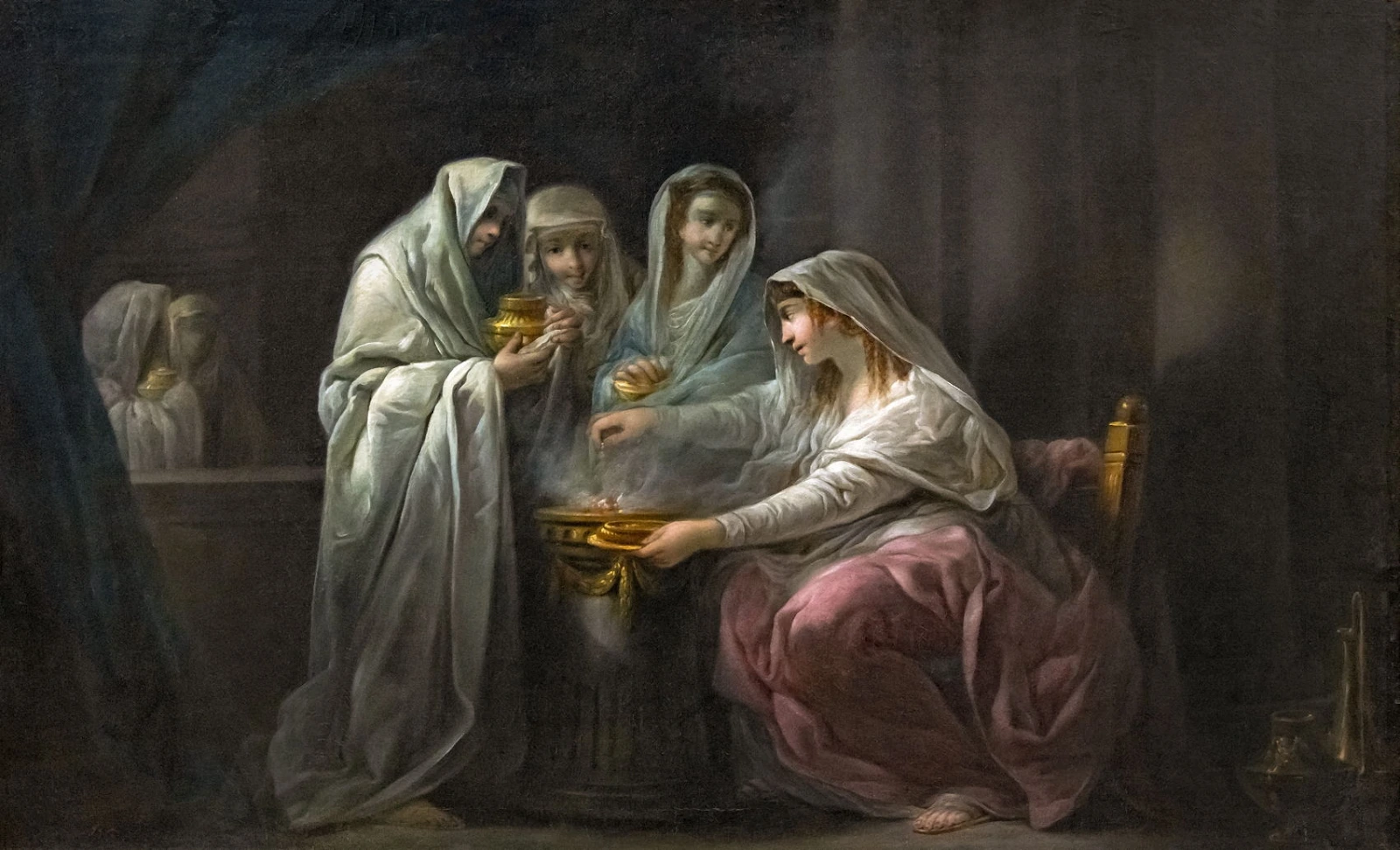
Source: The Eclectic Light Company
The Unyielding Commitment of Vesta: A Tale of Purity and Devotion
Once upon a time, in the pantheon of Roman gods and goddesses, there existed a legend that spoke of the unyielding commitment of Vesta, the Goddess of the Hearth, to her sacred vow of chastity and devotion. The tale narrates how Neptune and Apollo, enamored by Vesta’s beauty and virtues, approached her with love. However, Vesta, true to her vow, rejected their advances. This caused concern among the gods, for their discord could have disrupted the divine order. To avert this, Jupiter, the king of gods, intervened and transformed Vesta into a sacred flame, symbolizing her eternal purity and untouchable nature. This transformation preserved Vesta’s vow and further cemented her status as a powerful and steadfast deity, embodying the ideals of purity and commitment central to Roman society (Madeleine).
The legend of Neptune’s and Apollo’s love for Vesta is a narrative highlighting Vesta’s significance as a symbol of purity and devotion and her unwavering dedication to her role as the guardian of the hearth.

Source: Fine Art America
Influences of other religions/cultures on Vesta
Vesta’s divine presence transcended Roman civilization’s cultural confines and resonated with broader mythological narratives. In Greek mythology, the cult of Hestia mirrors Vesta’s role as the guardian of the hearth, aligning their identities and attributes (Kabir), thereby emphasizing the universality of the concept of an eternal flame and a guardian deity that watches over the sanctity of the home and its hearth fire.
The convergence of Vesta’s persona with Hestia underscores the timeless significance of these deities across different civilizations. The hearth, a fundamental element of human habitation, has become a focal point for spiritual and communal connections in various cultures. Vesta and Hestia’s embodiment of this symbolism is a testament to the shared human need for warmth, unity, and sustenance, irrespective of cultural boundaries. The interweaving of these parallel narratives amplifies the enduring resonance of the hearth goddess archetype, enriching our understanding of the spiritual and cultural underpinnings of diverse societies.
Modern appearances
The enduring resonance of Vesta as a symbol of hearth and home serves as a poignant reminder of the core values that anchor families, communities, and societies. Her persona encapsulates the warmth, unity, and stability that these concepts represent, evoking a sense of nostalgia for an idyllic past in literature and personifying the heart of a home as a sanctuary of comfort and togetherness in art. Vesta’s timeless appeal speaks to people’s innate yearning for connection and security, transcending historical epochs and serving as a potent symbol of enduring human values in modern times.
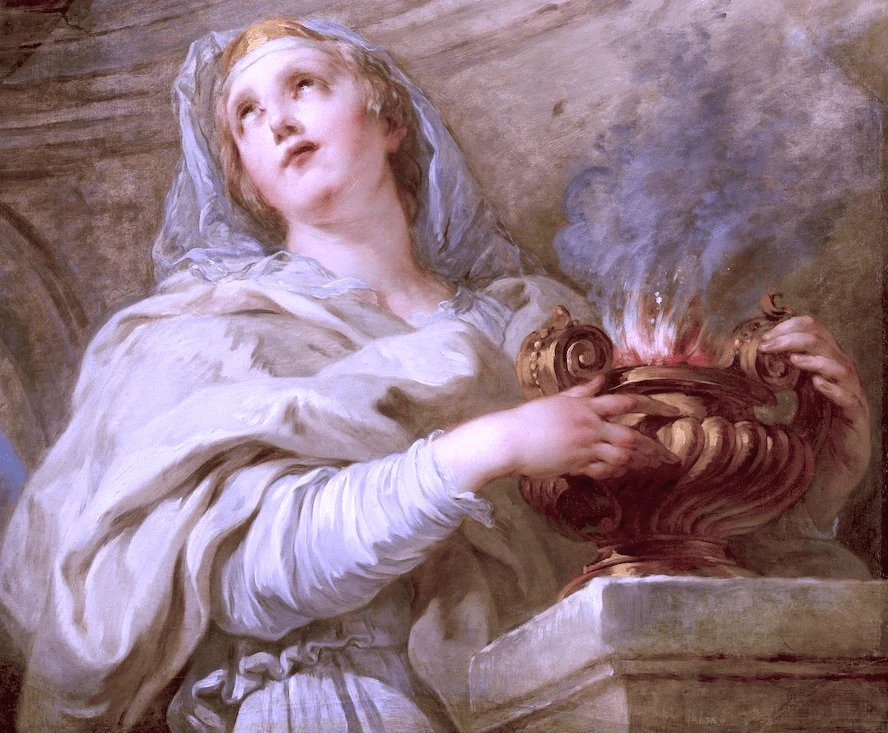
Source: Star Sign Style
Final thoughts
The goddess Vesta is the keeper of the hearth and symbolizes purity, unity, and eternal flame. Her stories have reverberated through the ages, speaking to her divine origins and role as a guardian of harmonious ideals across cultures. Vesta remains an inspiration for modern representations and narratives from ancient times to the present day. The flame that burns eternally in her temple represents the heart of Rome. At the same time, Vesta represents the heart of humanity, connecting us to our past, guiding us through the present, and illuminating the path towards a nurturing and harmonious future.
References
Apei, Thomas. “Vesta.” Mythopedia, mythopedia.com/topics/vesta.
Kabir, Syed Rafid. “Vesta: The Roman Goddess of the Home and the Hearth | History Cooperative.” History Cooperative , 23 Nov. 2022, historycooperative.org/vesta-goddess/.
Madeleine. “Who Was Vesta, the Goddess of the Hearth? -.” Theoi, 13 Sept. 2019, www.theoi.com/articles/who-was-vesta-the-goddess-of-the-hearth/.
“Vesta.” World History Encyclopedia, www.worldhistory.org/Vesta/.
Wikipedia Contributors. “Vesta (Mythology).” Wikipedia, Wikimedia Foundation, 14 Nov. 2019, en.wikipedia.org/wiki/Vesta_(mythology).
Did we miss something? Do you know another aspect of this legend? Don't hesitate to reach out!
Like this project
0
A client hired me to write several informative pieces on Roman Goddesses, and this blog post centers around the Goddess of the Hearth and the Home, Vesta.
Likes
0
Views
690
Tags
Ghostwriter
Blog Writer


